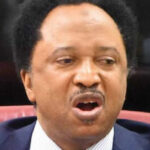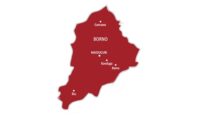Team Nigeria Para Athletes at the ongoing 1st West Africa Para Games in Abeokuta, the Ogun State capital, are determined to make it a host and win championships for the country as they have refused to take their foot off the pedal on top of the medals table.
The motto of this year’s championship: “The Heroes call,” seems to have resonated so well with the Nigerian athletes at the games.
They have continued to dominate most of the events and sports.
Nigeria is currently topping the medals table with a total of 25 medals: Nine gold, 11 silver, and five bronze.
They are distantly followed by Benin Republic with two gold medals, 0 silver and six bronze medals, while Cote d’Ivoire is third on the medals table with One gold medal, 0 silver, and 0 bronze.
Ghana is fourth on the medals table with 0 gold medals, one silver, and five bronze, while other countries like Cameroon, Liberia , Niger, and Togo are yet to register a single medal.
Also Read
Meanwhile, Team Nigeria will hope to sweep the entire medals in the men’s and mixed wheelchair basketball when exciting action continues on Tuesday at the Alake Sports centre in Ijeja.
Nigeria’s women wheelchair basketball team led by Gbemisola Ejubamigbe were too strong for the rest of the team as they defeated Ghana 13-2 to the gold medal in the final on Monday.
Later today, some of the exciting fixtures to expect in the mixed round robin stage will include Nigeria taking on Ghana, Benin will battle Niger Republic, while in the men’s event, Nigeria will also slug it out against Ghana, Niger will take on Benin Republic, and Benin will take on Nigeria.
Follow The Eagle Online Channel on WhatsApp
[wpadcenter_ad id=’745970′ align=’none’]



















Leave a comment